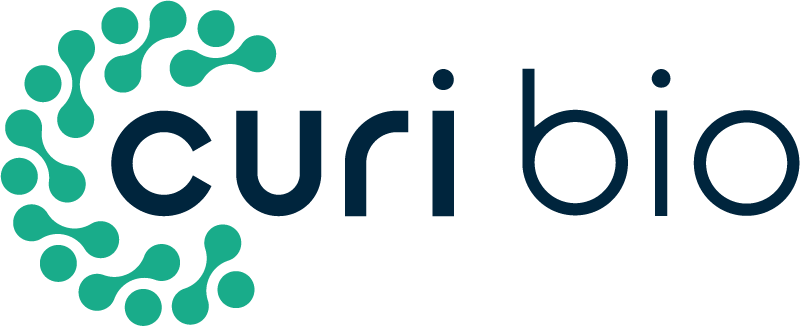Nanopatterned Muscle Cell Patches for Enhanced Myogenesis and Dystrophin Expression in a Mouse Model of Muscular Dystrophy
Hee Seok Yang, Nicholas Ieronimakis, Jonathan H. Tsui, Hong Nam Kim, Kahp-Yang Suh, Morayma Reyes, Deok-Ho Kim (1) – (1) University of Washington
Biomaterials, 35(5), Pages 1478–1486(2014)
Abstract: Skeletal muscle is a highly organized tissue in which the extracellular matrix (ECM) is composed of highly-aligned cables of collagen with nanoscale feature sizes, and provides structural and functional support to muscle fibers. As such, the transplantation of disorganized tissues or the direct injection of cells into muscles for regenerative therapy often results in suboptimal functional improvement due to a failure to integrate with native tissue properly. Here, we present a simple method in which biodegradable, biomimetic substrates with precisely controlled nanotopography were fabricated using solvent-assisted capillary force lithography (CFL) and were able to induce the proper development and differentiation of primary mononucleated cells to form mature muscle patches. Cells cultured on these nanopatterned substrates were highly-aligned and elongated, and formed more mature myotubes as evidenced by up-regulated expression of the myogenic regulatory factors Myf5, MyoD and myogenin (MyoG). When transplanted into mdx mice models for Duchenne muscular dystrophy (DMD), the proposed muscle patches led to the formation of a significantly greater number of dystrophin-positive muscle fibers, indicating that dystrophin replacement and myogenesis is achievable in vivo with this approach. These results demonstrate the feasibility of utilizing biomimetic substrates not only as platforms for studying the influences of the ECM on skeletal muscle function and maturation, but also to create transplantable muscle cell patches for the treatment of chronic and acute muscle diseases or injuries.
Keywords: Muscle tissue engineering, Nanotopography, Myogenesis, Poly(lactic-co-glycolic acid), Muscular dystrophy
Materials & Methods: Polyurethane acrylate (PUA, MINS 301 RM, Minuta Technology), and polydimethylsiloxane (PDMS, Sylgard 184, Dow Corning) were used as the mold and solvent-absorbing sheet materials, respectively. PUA molds were fabricated by first dispensing PUA precursor onto a patterned silicon wafer master which had been made using standard photolithography techniques, and lightly pressing a polyethylene terephthalate (PET, Skyrol®, SKC) film (thickness = 75 μm) against the PUA. The PUA precursor spontaneously filled the cavities of the master mold by means of capillary action and was cured by exposure to UV light (λ = 250–400 nm) for approximately 30 s (dose = 100 mJ cm−2). After this initial curing, the PUA mold was peeled off from the substrate and further exposed to UV light overnight for complete curing. The PDMS was made with a precursor:curing agent mixing ratio of 10:1 and cured at 60 °C for 10 h. The cured PDMS sheets were manually removed and cut prior to use.
To fabricate the PLGA substrates, a cover glass (ø 25 mm, Fisher) was washed with isopropyl alcohol for 30 min in a water sonicator and dried in nitrogen stream. PLGA (MW: 50,000–75,000, 50:50 lactide:glycolide ratio, Sigma–Aldrich) dissolved in chloroform (100 μl, 15% w/v) was drop-dispensed onto the cover glass. A flat PDMS sheet with an RMS roughness of ∼1.21 nm (Fig. S1) was placed onto the dispensed PLGA solution, and slight pressure (∼10 kPa) was applied evenly on the blanket for 5 min to absorb solvent and to obtain a flat PLGA layer. The cover glass was then placed on a hot plate preheated to 120 °C for 5 min to remove residual solvent and to increase adhesion between the PLGA and the cover glass. Then, a nanopatterned PUA mold was placed onto PLGA-coated glass and the PLGA was embossed with constant pressure (∼100 kPa) on the hot plate for 15 min. After this molding process, the sample was cooled to room temperature, and the PUA mold was carefully peeled off from the PLGA-coated glass, leaving behind a nanopatterned PLGA substrate. To prepare the flat substrates, the patterning steps were simply excluded. Both patterned and flat PLGA substrates were stored in a desiccator to remove residual solvent before use.
Microscopic Technique: Atomic Force Microscopy, Scanning Electron Microscope
Cell Type(s): Mouse Muscle cells
